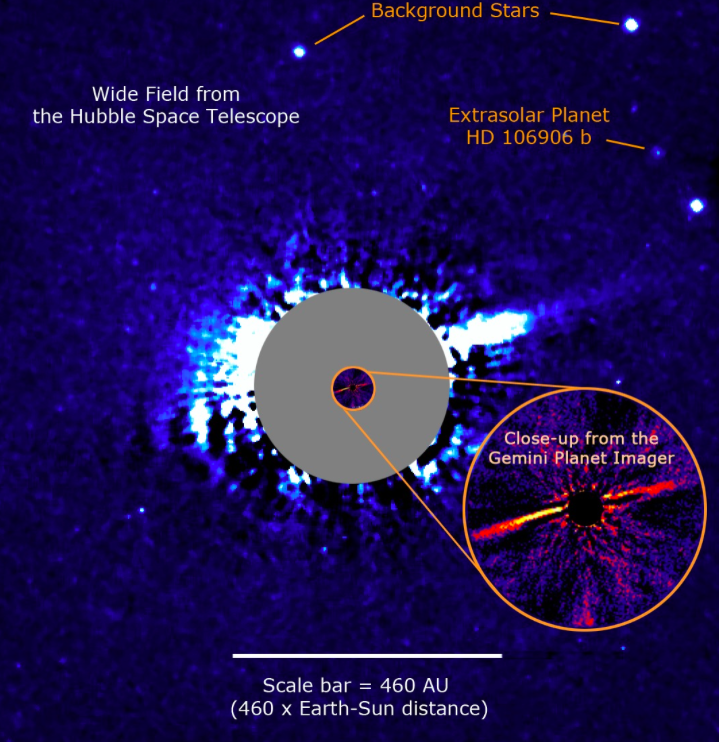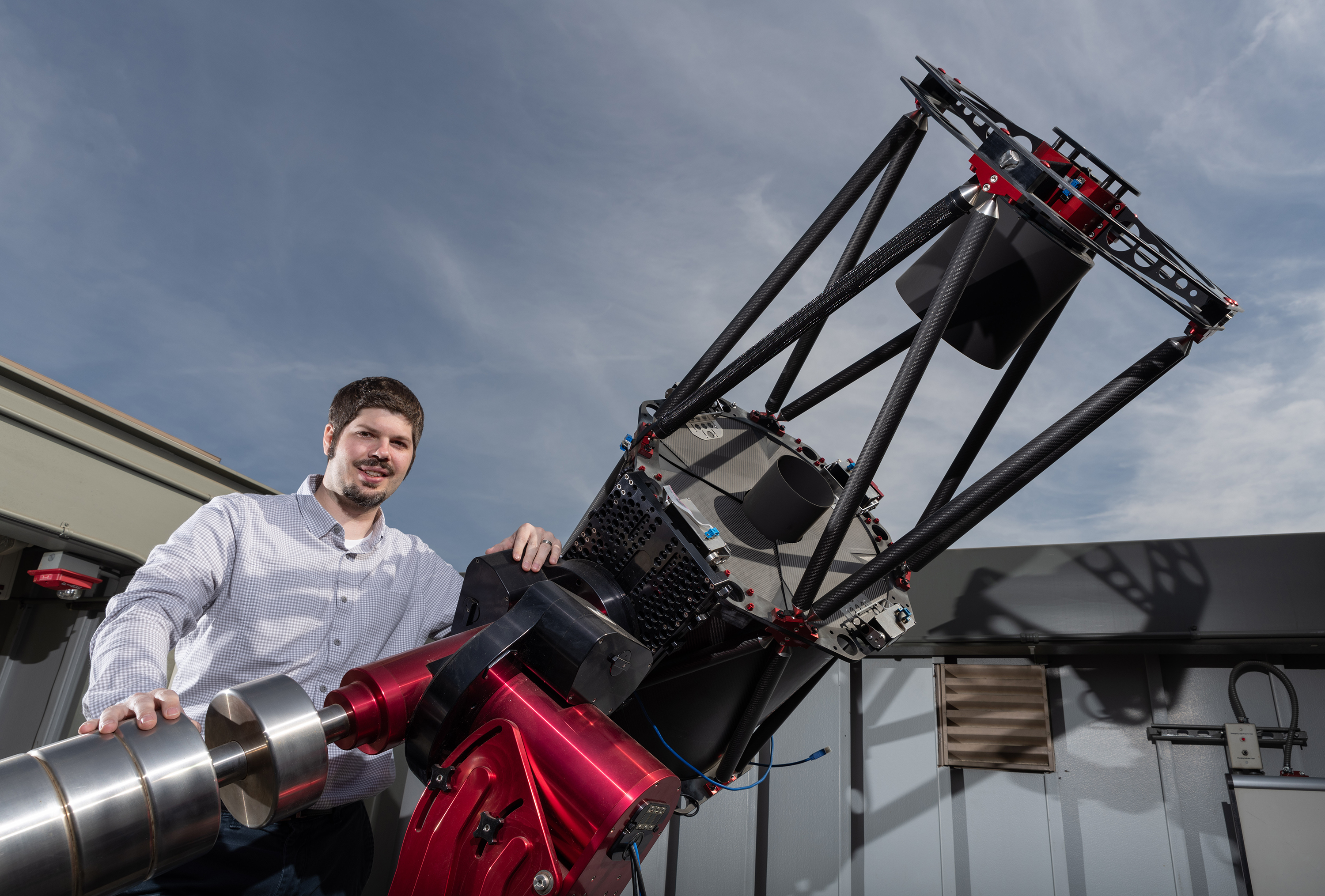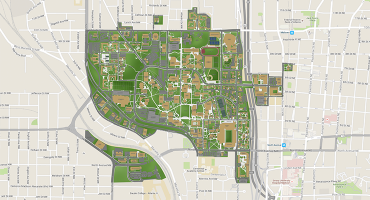It’s not just Saturn that sports some celestial bling; many stars have rings or disks full of debris surrounding them, all leftovers from the process of planetary formation. That includes our Solar System, with its asteroid belt between Mars and Jupiter, as well as the Kuiper belt, the thicker, donut-shaped disk of icy rocks and comets that lies just beyond Neptune.
Somewhere within those stellar disks are important hints about how planets formed, as well as clues to the history of their host systems. That search now includes Gongjie Li, Billy Quarles, and Nathaniel Moore, three School of Physics researchers who recently won a $523,145 grant from NASA’s Astrophysics Theory Program (ATP) to study so-called “stellar flybys,” where stars fly over those discs, changing their form, scattering other celestial bodies hither and yon, and possibly giving birth to solar systems like our own.
A stellar flyby “is a common process, since most stars form in stellar clusters with a high number density of stars nearby,” says Li, an assistant professor in the School of Physics. “As the stars fly close to the debris disk, it will gravitational pull disk particles and excite their orbits. This changes the morphology of the disks, and the observed image of the debris disks could provide clues on the flybys and the formation environment of the planetary systems.”
If you measure approximately 45 AU (astronomical units — one AU is 149 million kilometers) into the Kuiper belt away from the Sun, its surface density drops sharply, “evidence that our Solar System could have formed within a stellar cluster, where a flyby star could have sheared the edge of our Sun’s debris disk,” says Moore, a graduate student in the School of Physics.
“Debris disk morphology due to stellar encounters” is the title for the new NASA research study from Li, Quarles, and Moore, but it builds off a paper that Li, Moore, and Fred C. Adams, a professor at the University of Michigan, published in September 2020. That paper, “Inclination Excitation of Solar System Debris Disk Due to Stellar Flybys”, published in the Astrophysical Journal, developed theories as to why many objects past Neptune and the Kuiper belt were at odd angles and higher inclinations — orbits and inclines that couldn’t be explained by nearby planetary gravity.
“We found that a flyby star could excite disk particles to high inclinations, greatly tilted from the orbital plane of most Solar System objects,” Moore says. “This can explain the origin of observed high inclination objects, such as 2015 BP519,” which refers to a possible dwarf planet also known as Caju, which sits at a high, eccentric orbit near the edge of the Solar System.
For their new research, Moore, Li, and Quarles will study the “curious dynamical history” of HD106906, a binary star system in the Crux constellation. The system features an asymmetric debris disk and a massive planet in an extremely wide orbit — picture a planet 11 times Jupiter’s mass several hundred AU from the star system’s center.
“Not only does the asymmetry in the debris disk require an explanation, but the existence of the planet in its current orbit is puzzling as we do not expect such large planets to form at such great distances,” Moore says. “We are currently exploring the hypothetical scenario that the planet was stolen by HD106906 from a nearby system during a close stellar encounter. This capture scenario could help explain the current orbit of the planet and such an event could also disrupt the debris disk surrounding HD106906 giving rise to the observed asymmetry. So far, initial results look promising.”
Moore adds similar capture scenarios could be used to help explain the wide orbits of some objects in the outer Solar System, including the hypothetical Planet X, a.k.a. Planet Nine, a Neptune-sized planet that theoretically orbits far beyond Pluto.
These works are supported by NASA grants: 80NSSC20K0522 and 80NSSC20K0641.
For More Information Contact
Renay San Miguel
Communications Officer II/Science Writer
College of Sciences






